Introduction
The Maine Coon cat, sometimes referred to as the “gentle giant” of the cat kingdom, has won the hearts of many cat enthusiasts with its regal look and kind temperament. The Maine Coon’s huge size is among its notable features. These cats have massive frames and outstanding physical size, which is what makes them so distinctive. But what gives the Maine Coons their enormous size? We will dig into the intriguing world of Maine Coons in this post, learning about the elements that affect their size and the origins of this extraordinary species.
The Maine Coon: A Glimpse into History

Take a journey back in time and investigate the fascinating past of this adored breed in order to fully understand the mystery surrounding the Maine Coon’s amazing size.
The mystery and folklore surrounding the Maine Coon’s beginnings add to its appealing characteristics. Given their bushy tails and tufts of hair on their ears, the Maine Coon is thought to be a cross between a domestic cat and a raccoon. The genetic impossibility of a cat being a raccoon hybrid has, however, substantially disproved this theory.
A more plausible and widely accepted theory traces the breed’s lineage back to seafarers and explorers. The Maine Coon is believed to have evolved from long-haired domestic cats brought to North America by sailors in the 19th century. These seafarers’ cats eventually interbred with the native domestic cats of the northeastern United States, resulting in a breed with distinctive features and robust physical characteristics.
Size Matters: The Anatomy of a Maine Coon

The most prominent and captivating feature of the Maine Coon is its size. So, why are Maine Coons so big? Let’s explore the anatomical and genetic factors that contribute to their size.
1. Genetic Factors
The anatomy of a Maine Coon cat is influenced significantly by genetic factors. This breed carries specific genes that promote their large size and robust frame. They inherit a genetic predisposition for growth, resulting in slow but steady development over several years. This genetic blueprint contributes to their sturdy skeletal structure, muscular physique, and the overall impressive stature that distinguishes them as the “gentle giants” of the feline world. Genetic factors play a pivotal role in shaping the Maine Coon’s unique anatomical characteristics, making them one of the most remarkable and beloved breeds among cat enthusiasts.
2. Skeletal Structure
The anatomy of a Maine Coon is characterized by its robust skeletal structures. These cats exhibit long, sturdy legs, ideal for traversing rugged terrain and enabling them to be adept climbers. Their large, well-muscled bodies provide stability and strength. The Maine Coon’s strong musculature, especially in their hindquarters, contributes to their remarkable size and agility. These skeletal features, combined with their unique genetic predisposition, make the Maine Coon a majestic and distinctive feline breed in the world of domestic cats.
3. Muscular Development
The Maine Coon’s anatomy is characterized by remarkable muscular development. These magnificent cats possess well-defined musculature, particularly in their hindquarters. Their strong, sinewy muscles not only contribute to their substantial size but also grant them exceptional agility and physical prowess. This robust muscular structure is a testament to the Maine Coon’s ancestry, shaped by the need to navigate the rugged terrain and challenging climate of their northeastern United States homeland. It equips them for hunting, climbing, and the various physical activities that they excel in, making them a true embodiment of feline strength and grace.
4. Size Variation
The Maine Coon’s anatomy, characterized by its impressive size, exhibits noticeable variations within the breed. While Maine Coons are renowned for their considerable stature, individual cats can differ significantly in dimensions. These variations can be attributed to a mix of genetic factors, such as the inheritance of genes that promote growth, and environmental impacts, such as food and general health. The Maine Coon breed is attractive because of its intrinsic size diversity, which includes cats of various sizes, some of which grow to truly enormous proportions.
Regardless of their size, Maine Coons universally possess the breed’s signature strength and grace.
Environmental Factors

While genetics play a pivotal role in determining the size of Maine Coon cats, environmental factors also contribute to their growth and overall health. The conditions in which a Maine Coon is raised can influence its size and development.
Proper nutrition is critical for the growth and development of Maine Coon kittens. A well-balanced diet with adequate protein, essential vitamins, and minerals is essential to support their growth. Kittens should be fed high-quality kitten food to ensure they receive the necessary nutrients during their formative years. As they grow, it’s important to monitor their weight and adjust their diet accordingly.
Cats from Maine Coon are renowned for being gregarious and welcoming. Socialization and interaction with humans and other animals can have a positive impact on their development. A secure and loving environment can help Maine Coon kittens grow into confident and well-adjusted adults.
Engaging in regular exercise and play is vital for Maine Coon cats. Their size and muscular build require them to stay active to maintain a healthy weight and overall well-being. Interactive toys, scratching posts, and playtime with their human companions can help them burn off energy and stay in shape.
Health Considerations

The size of a Maine Coon cat is not only a testament to their unique genetic makeup and environmental factors but also a reflection of their overall health. Maintaining good health is essential for ensuring that these gentle giants reach their full growth potential.
1. Regular Veterinary Care
Regular veterinary care is a crucial factor in helping giant breeds like the Maine Coon reach their full growth potential. These majestic felines, known for their impressive size, require consistent medical check-ups to monitor their health and development. Through routine examinations, veterinarians can detect and address any potential health issues that might hinder their growth. Vaccinations,parasite control, preventive care, and early interventions for conditions like hip dysplasia play a vital role in ensuring these gentle giants thrive and achieve their maximum size. Regular veterinary care is a proactive step toward safeguarding their well-being and supporting their unique genetic predisposition for size.
2. Monitoring for Obesity
These majestic felines are prone to weight gain due to their size and hearty appetite. Obesity can lead to various health problems, including diabetes and joint issues, hindering their development and mobility. Regular weight checks, portion control, and a balanced diet are essential for maintaining their ideal weight and overall health. By preventing obesity, we help these gentle giants achieve their genetic potential, allowing them to flourish in both size and vitality, ensuring they lead happy, healthy lives as the magnificent cats they were meant to be.
3. Hip Dysplasia
A hereditary disorder that affects the hip joints is known as hip dysplasia.This genetic predisposition to hip dysplasia encourages gradual, steady growth and development, reducing the risk of rapid, potentially unhealthy size gains. By promoting a measured approach to growth, hip dysplasia in Maine Coons ensures their bodies can adapt to their immense frames, reducing the likelihood of joint problems and promoting long-term health. While hip dysplasia may seem counterintuitive, in these gentle giants, it paradoxically safeguards their majestic stature, allowing them to thrive with grace and strength.
Conclusion
With its enormous size and kind nature, the Maine Coon cat is a wonderful breed that enchants cat enthusiasts all over the world. Even if the precise genetic elements causing their size are still unknown, it is certain that a mix of heredity, environmental variables, and general health significantly influences the appearance of these majestic felines.
Maine Coon cats are the result of a rich history that blends seafaring tales and natural selection, creating a breed uniquely adapted to the harsh climate and rugged terrain of the northeastern United States. Their large size, robust skeletal structure, muscular development, and genetic predisposition to growth all contribute to their impressive stature.
Maintaining the health and well-being of Maine Coon cats is paramount to ensuring they reach their full growth potential. Regular veterinary care, a balanced diet, ample exercise, and social interaction are essential components of their care.
In conclusion, the Maine Coon’s enormous size is a testament to the intricate interplay of genetics, environment, and health. These gentle giants continue to capture our hearts with their majestic presence, reminding us that nature’s mysteries can manifest in the most charming and beloved of ways.


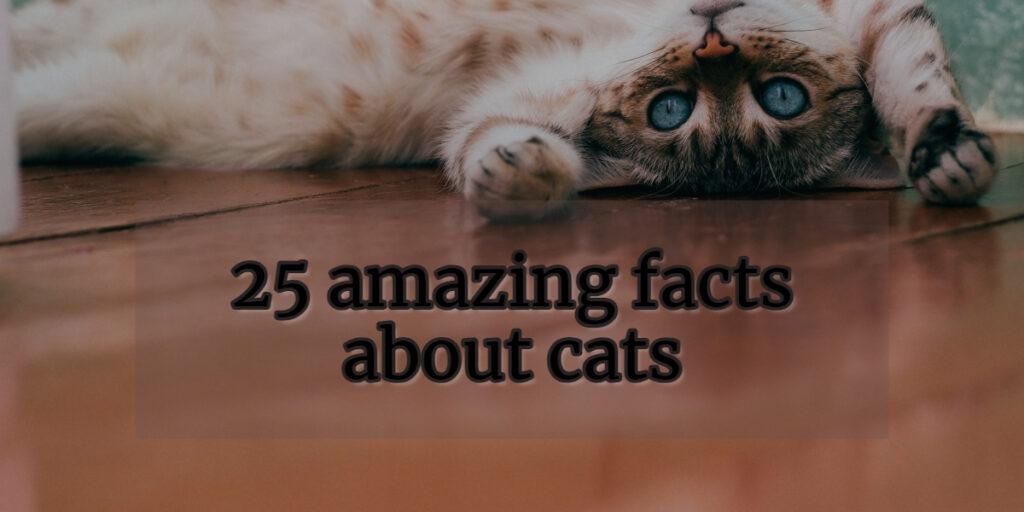
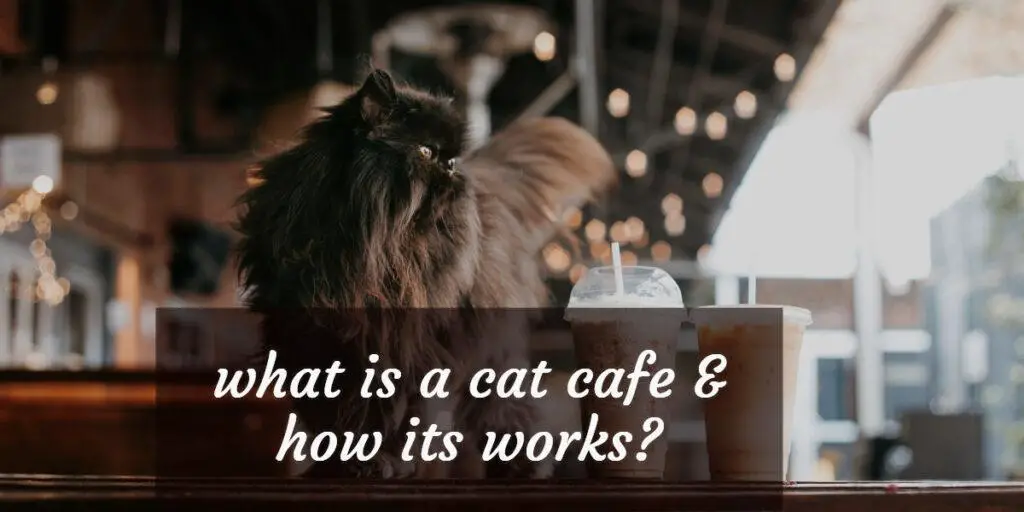
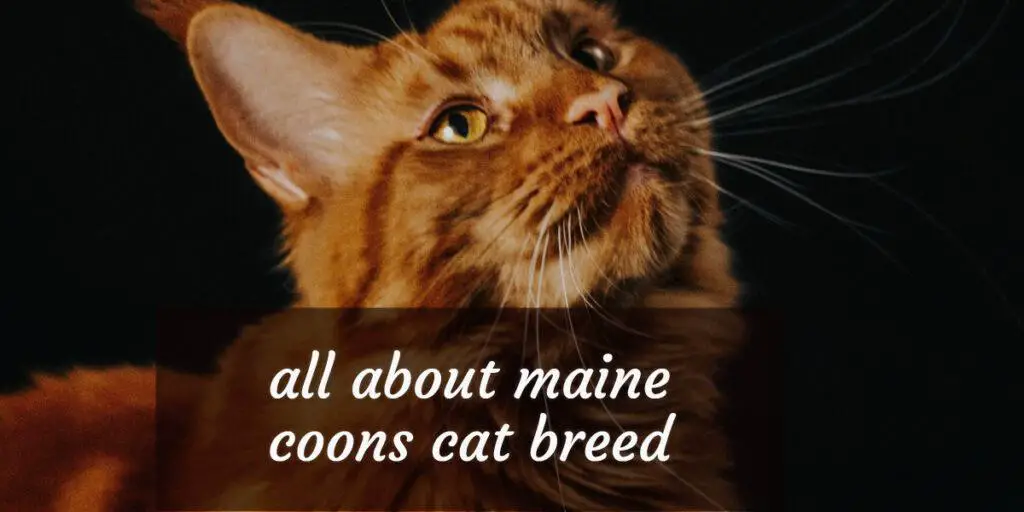
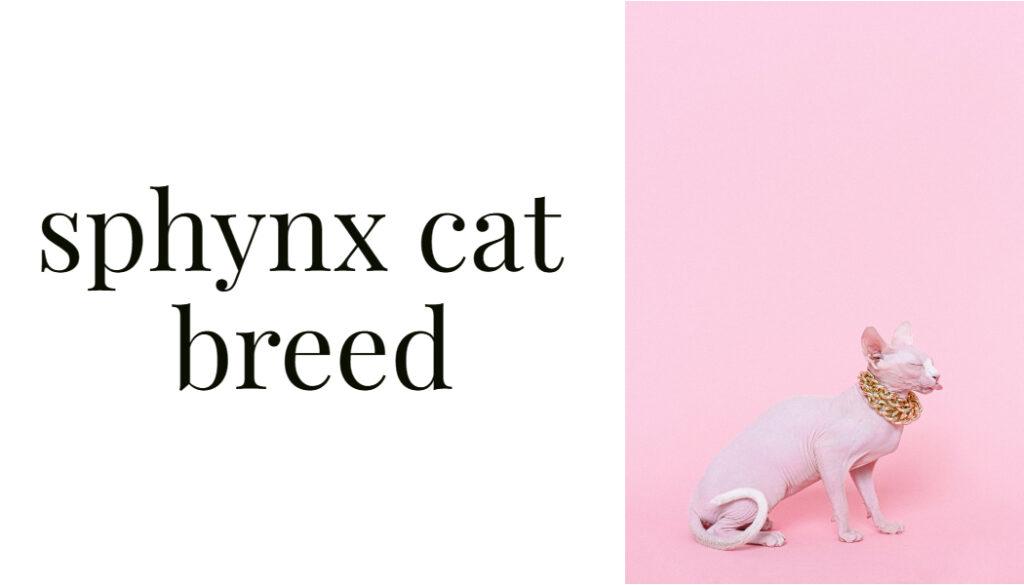
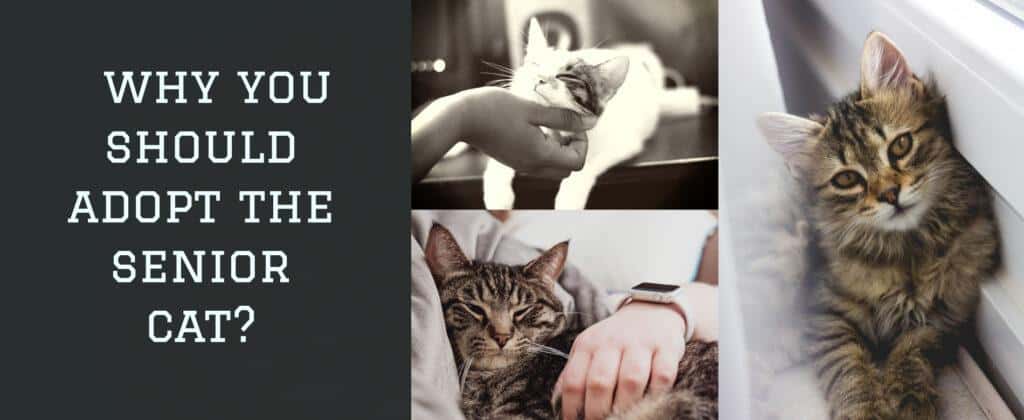
Pingback: Can a serval cat kill human? -
Pingback: List of Black Cat Breeds with Green Eyes: 6 Stunning Feline Varieties -